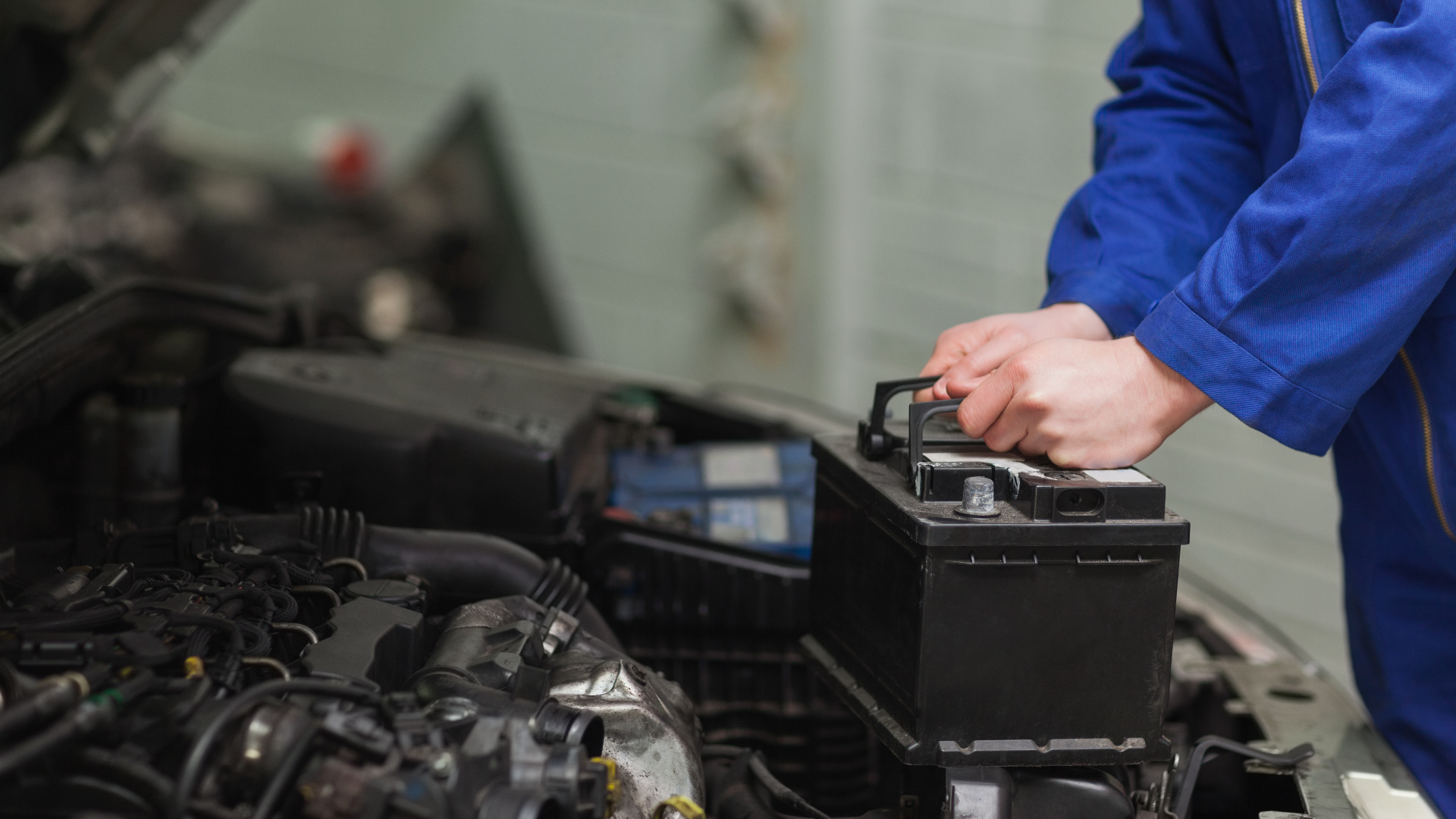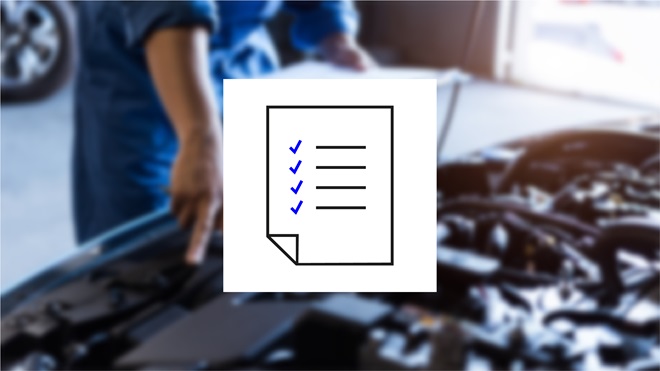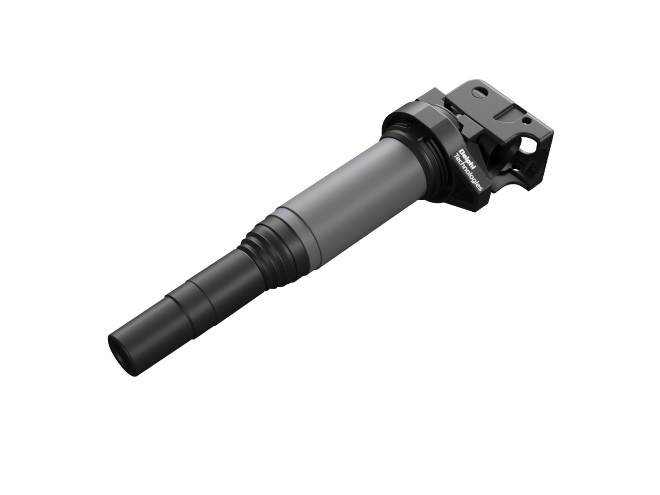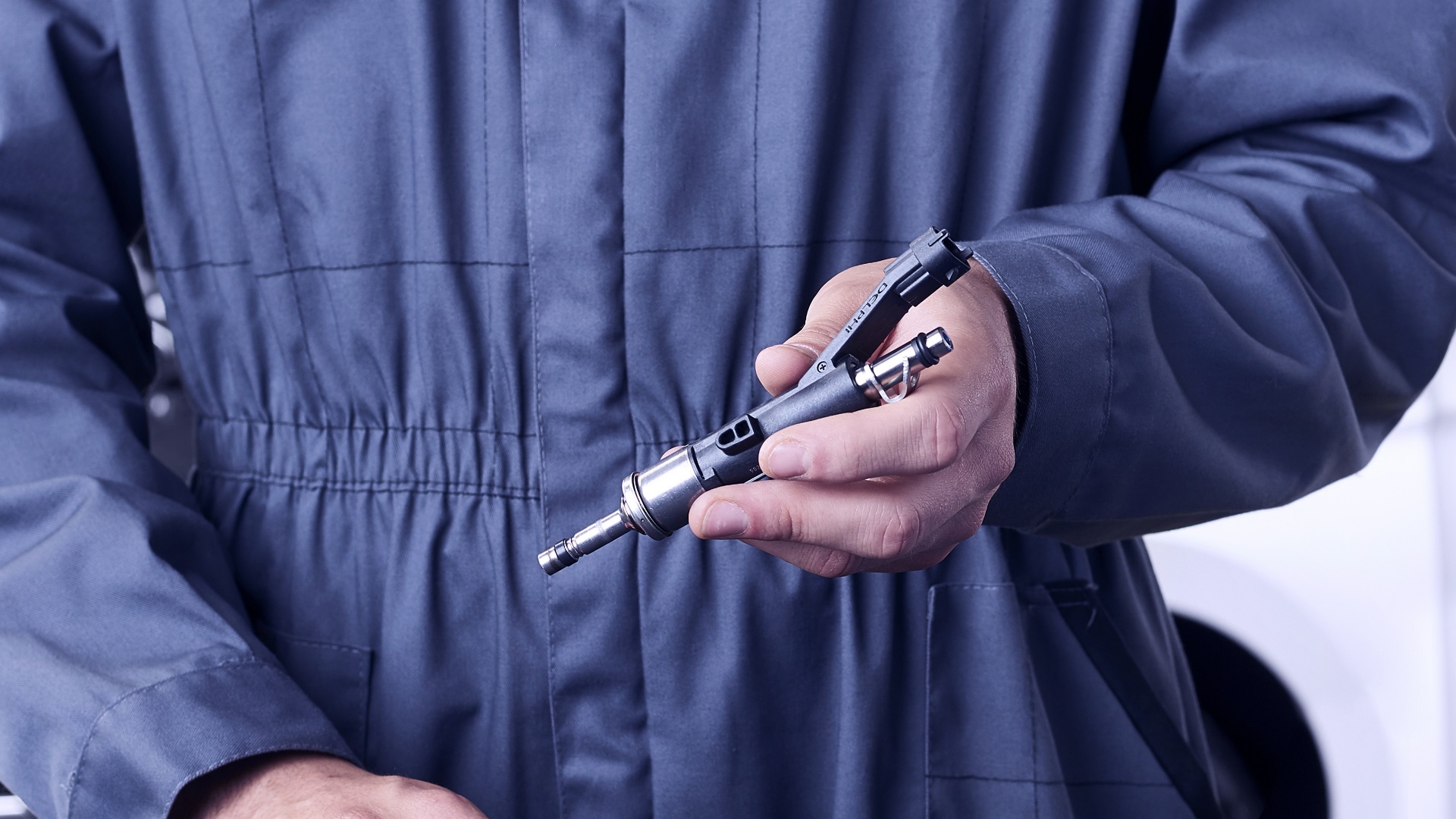Resource Highlights
In this article you will find a few quick tips for better ignition coil repairs
Once you have diagnosed the need to remove and replace ignition coils, there are some simple recommendations that can help ensure the best repair possible.
Repair recommendations | Why it's important |
Coils should not have any visible damage and the boot should be fully seated. If you notice any damage such as a cracked coil housing, broken anti-rotational tabs or broken connector while assembling coils to the engine, disregard it. | A damaged part could result in premature failure and a poorly seated boot could lead to engine misfire. |
Never remove or disassemble the boot from the coil. | Disassembling the boot from the coil could lead to losing the spring and/or suppressor. The result -- engine misfires and RFI noise. |
Do not scratch the HV towers or the coil housing. | Scratches to the coil body could lead to a cracked case and/or cracked HV tower that would lead to arc thru and coil failure. |
Don’t strike any part of the ignition system with a tool or other object. | This could lead to physical damage (micro-cracking that can’t be seen). The consequences are a system malfunction or failure. |
Never use hammers or other striking devices to install plug wire to the coil HV tower. This should be done by hand. | The striking process could induce micro-cracking at the coil HV tower and could deform / damage the plug wire terminal that may lead to premature failure. |
Don’t apply any non-approved material to the surface of the high voltage tower which mates with the high voltage secondary leads. | This can jeopardize the seal integrity of the mating surfaces, which in turn can create a secondary high voltage leak path and carbon tracking. |
Do not permit paint or other sprayed materials to be sprayed onto the electrical connectors. | Insulating-type spray can create a high resistance or open connection. Conductive-type spray can create an electrical short condition. |
Always apply the specified torque to the specified mounting thru-bolt. | Loose thru-bolts could lead to failure under vibration. Over-tightened thru-bolts could lead to cracked coil mounting ear and / or premature thru-bolt failure. |
Do not support the ignition system by the wiring harness or plug wire. | These leads are not designed to support the weight of the ignition system. It can create a poor electrical connection or become disconnected allowing the system to fall and subjected to potential physical damage. |
Never force feed the engine wire harness mating connector into the coil connector. Always ensure the mating connectors are entirely seated and locking mechanism is engaged. A snap should be heard / felt upon a good connection. | This maintains a proper connection and prevents intermittent electrical connections leading to an improper ignition system operation. |






